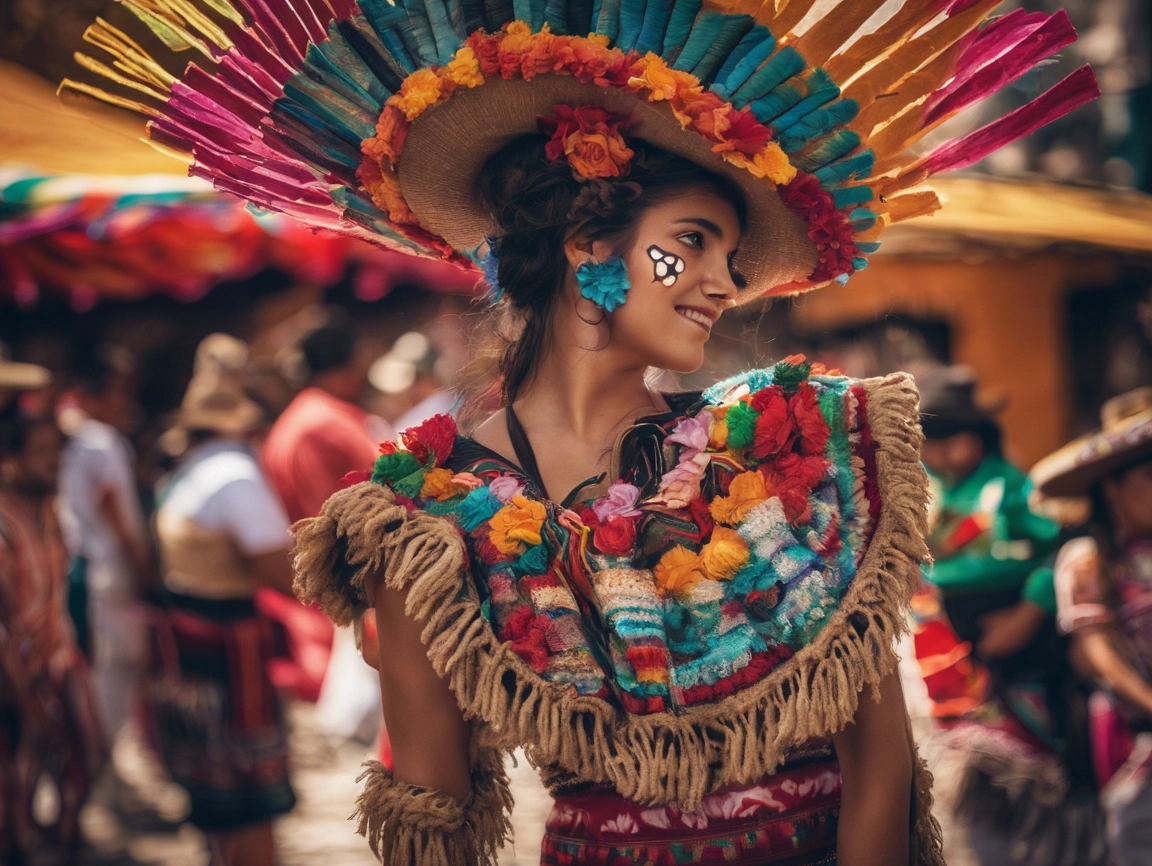Table of Contents
If you’ve ever dreamed of a place where vibrant traditions blend seamlessly with a rich historical backdrop, Mexico is the destination for you. This captivating country is known for its diverse cultural landscape, a legacy shaped by ancient civilizations, colonial influences, and a modern twist that keeps traditions alive. Dive into the roots of Mexico’s culture and history, and see why its artistic, culinary, and festive spirit enchants visitors worldwide.
The Roots of Mexican Culture
To truly understand the heart of Mexico, you need to journey back to its early days, where great civilizations flourished. The story begins with the powerful Aztecs and Mayans, whose legacies are still visible today.
The Aztec and Mayan Influence
The Aztecs, known for their complex social structure and impressive architectural feats, laid down many of the customs that continue to influence Mexican society. Their temples, most notably the Templo Mayor in Mexico City, stand as a testament to their engineering brilliance and religious fervor. The Mayans, on the other hand, were pioneers in mathematics and astronomy, leaving behind a legacy of advanced calendars and the breathtaking pyramids of Chichen Itza.
These ancient roots are more than historical footnotes; they’re woven into modern-day practices, including rituals, food preparation methods, and festivals that keep the essence of these great cultures alive.
Influences from Spain: A New Chapter Begins
When Spanish conquistadors, led by Hernán Cortés, arrived in the 16th century, Mexico underwent profound changes. Spanish colonial rule brought with it not only new governance but a wave of European customs, religious beliefs, and art forms that mingled with indigenous practices.
The Transformation of Society
You might notice this unique fusion in Mexican architecture. Colonial towns like San Miguel de Allende and Guanajuato are prime examples, showcasing intricate Spanish-style churches set against indigenous art motifs. The Spanish also introduced Catholicism, which intertwined with local beliefs, creating unique traditions that persist in celebrations like Día de los Muertos.
Indigenous Traditions: A Living Legacy
Despite centuries of external influence, Mexico’s indigenous communities have preserved their customs and ways of life. Many of these traditions are celebrated publicly, allowing you to experience firsthand the rituals that have stood the test of time.
Modern Manifestations
When you visit local markets or participate in town festivals, you’ll encounter elements such as Nahuatl storytelling, traditional clothing like the huipil, and spiritual dances performed with deep cultural meaning. These practices are a proud reminder that indigenous identity is alive and well, enriching the country’s multifaceted culture.
Mexico’s Rich Artistic Legacy
Art in Mexico is more than just an expression; it’s a reflection of the nation’s history, emotions, and resilience. It’s impossible to discuss this without mentioning muralism, a movement that defined Mexican identity post-revolution.
The Muralists: Voices on the Wall
Renowned artists like Diego Rivera, José Clemente Orozco, and David Alfaro Siqueiros took their art to public spaces, painting powerful murals that depicted social struggles and the fight for justice. Their work not only beautified city walls but served as a call for unity and change. If you visit places like Palacio de Bellas Artes or the National Palace, you’ll be met with towering, detailed murals that seem to whisper stories of the past.
Music and Dance: The Heartbeat of Mexico
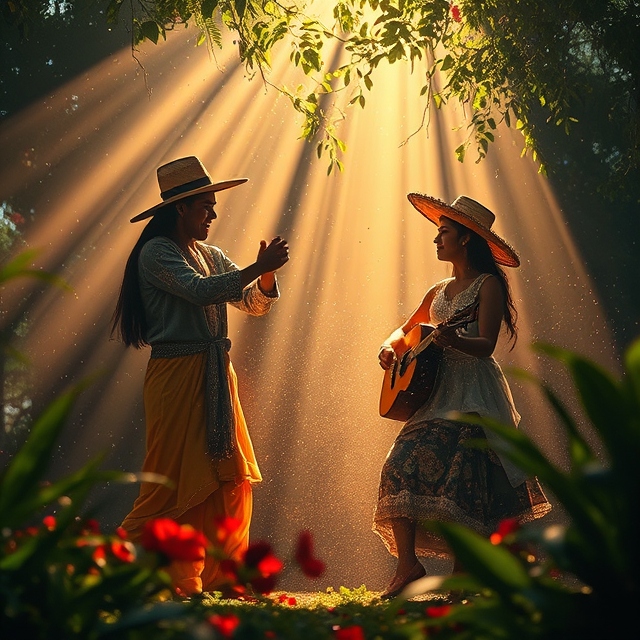
No cultural exploration would be complete without the melodies and movement that define a people. Traditional music and dance are at the core of Mexico’s celebratory spirit, resonating with history and pride.
The Role of Mariachi
Picture this: a group of musicians dressed in elaborate charro suits, strumming guitars and violins, while soulful voices echo traditional songs. This is mariachi, a musical style that has captured the world’s attention. Born in the state of Jalisco, mariachi isn’t just music—it’s a narrative, a shared experience full of emotion.
Folkloric Dances
Dances like the Jarabe Tapatío, often called the Mexican Hat Dance, or the Danza de los Viejitos (Dance of the Little Old Men), are more than performances. Each step and gesture tells a story, reflecting the regional diversity and shared heritage of Mexico.
Mexican Culinary Heritage: A Feast for the Senses
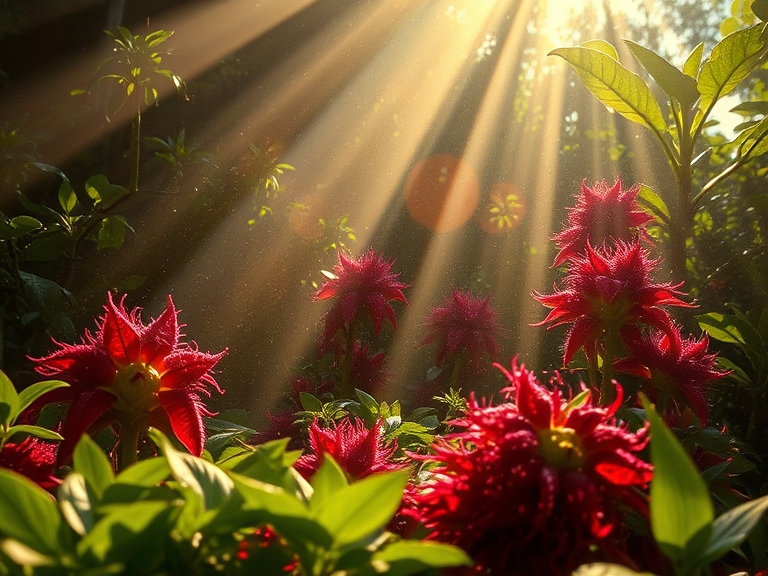
Mexican cuisine isn’t just food; it’s an experience steeped in history. Every dish is an echo of generations past, blending native ingredients with global influences.
Staple Ingredients and Their Origins
What makes Mexican food truly unique is its dedication to fresh, local ingredients. Staples like maize (corn), chili peppers, beans, and cacao have been part of the diet since pre-Hispanic times. These ingredients are essential in iconic dishes like tamales, enchiladas, and mole.
Sample Recipe Table for Mole Sauce:
| Ingredient | Quantity |
|---|---|
| Dried chili peppers | 3 |
| Unsweetened chocolate | 1 oz |
| Garlic cloves | 2 |
| Almonds | ¼ cup |
| Spices (cumin, cloves) | 1 tsp each |
Popular Dishes You Must Try
Some of the most beloved dishes include tacos al pastor, with their savory, marinated meat, and pozole, a hominy stew traditionally eaten during celebrations. These recipes aren’t just meals; they’re traditions passed down through families, telling the story of Mexico’s past and present.
The Significance of Festivals and Celebrations
Mexico’s calendar is full of festivals that showcase its dynamic culture. These celebrations aren’t just events; they’re an opportunity for you to immerse yourself in Mexico’s heritage.
Día de los Muertos
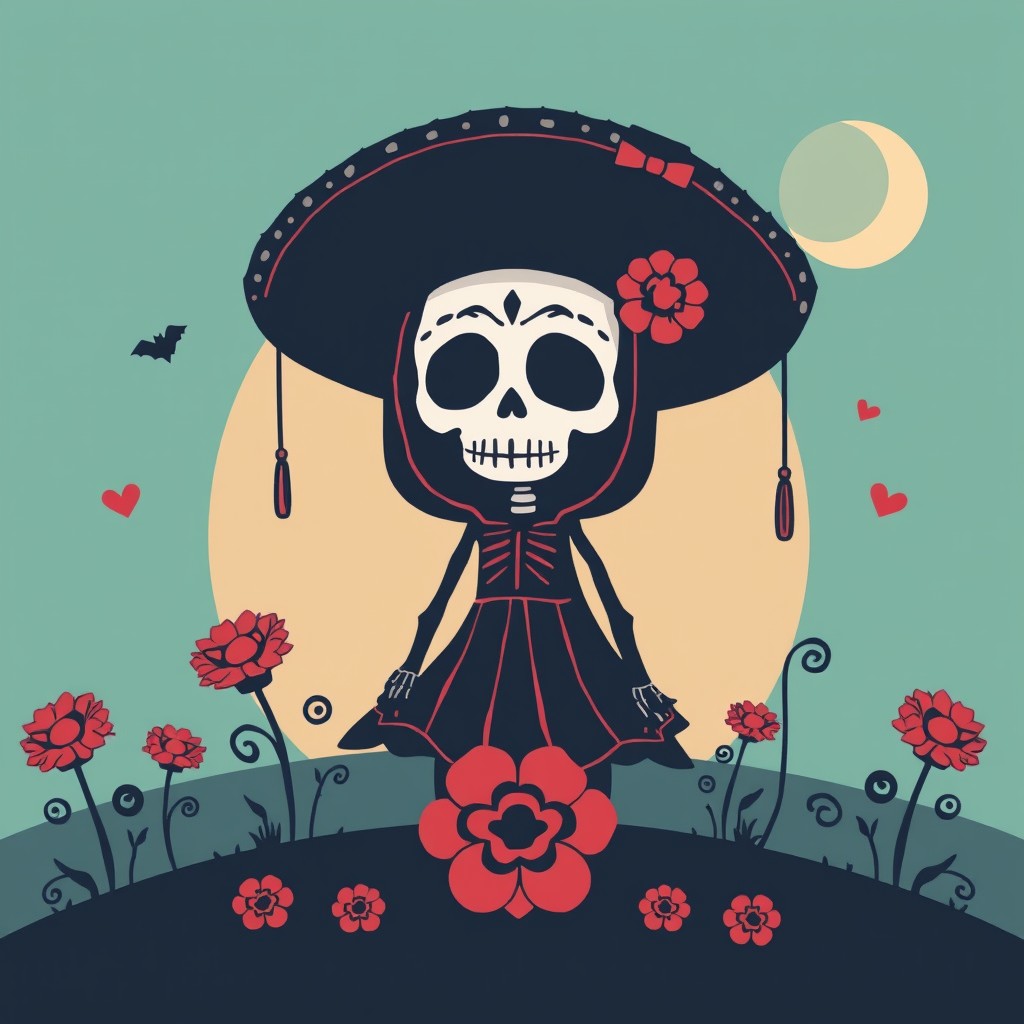
One of the most well-known festivals is Día de los Muertos (Day of the Dead). Far from being a somber occasion, it’s a time when families honor their deceased loved ones with altars (known as ofrendas) adorned with marigolds, photos, and favorite foods. It’s a beautiful mix of indigenous and Spanish traditions, symbolizing that death is not the end but a part of life’s cycle.
Independence Day Celebrations
Celebrated on September 16th, Mexican Independence Day is marked with lively parades, fireworks, and the famous “El Grito de Dolores” (the Cry of Dolores), which commemorates the start of the Mexican War of Independence. Join in the celebrations, and you’ll experience the national pride that fills every street and plaza.
Iconic Historical Sites: A Journey Through Time
If you’re a history enthusiast, Mexico is a treasure trove of ancient sites that offer a window into its storied past.
Chichen Itza: The Marvel of the Mayans
Home to the Temple of Kukulcán, this UNESCO World Heritage Site is one of the most visited ruins in Mexico. The pyramid’s design reflects the Mayan’s advanced understanding of astronomy and mathematics, demonstrating the sophistication of this ancient civilization.
Teotihuacan: The City of the Gods
Located just outside Mexico City, Teotihuacan was a thriving metropolis long before the Aztecs discovered it. Its Pyramid of the Sun and Avenue of the Dead evoke a sense of awe and mystery, drawing visitors eager to walk in the footsteps of early Mesoamerican people.
Modern Mexico and Cultural Evolution
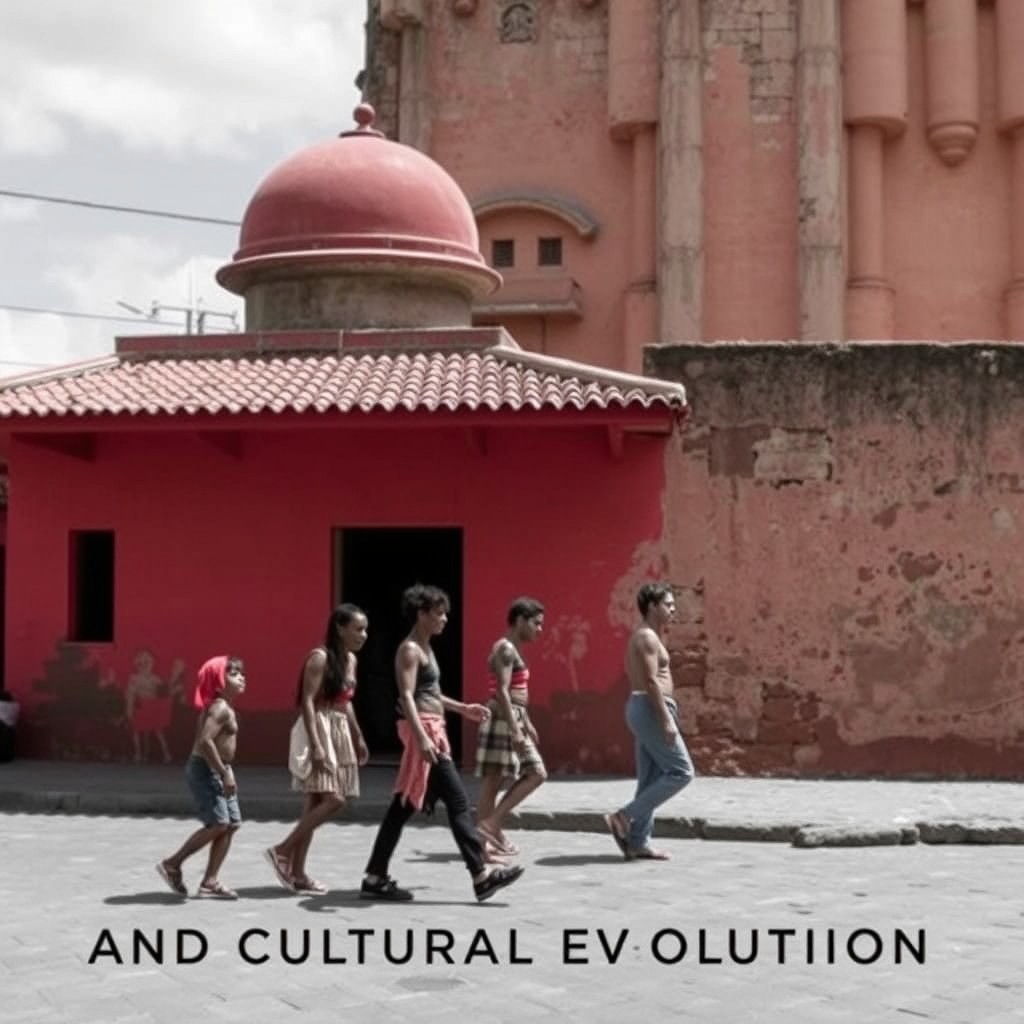
Today’s Mexico is a blend of old and new. While urban areas like Mexico City boast cutting-edge art galleries, tech hubs, and culinary innovations, the country’s deep-rooted traditions are never far from view. You might find street art next to a centuries-old church or modern pop music interspersed with traditional mariachi songs.
Conclusion
Mexico’s culture and history are not just pages in a book; they’re a living, breathing part of daily life. From ancient pyramids to vibrant festivals, from heartfelt music to beloved dishes, Mexico invites you to explore its rich tapestry. Every corner of this country tells a story come and discover it for yourself.
FAQs
What are some key elements of Mexican culture?
Mexican culture is defined by its indigenous roots, Spanish colonial influences, colorful festivals, rich music, dance traditions, and flavorful cuisine.
Why is Mexican food so unique?
Mexican food stands out due to its combination of ancient and modern ingredients, cooking methods that go back centuries, and a commitment to fresh, local produce.
Which are the most famous Mexican festivals?
Día de los Muertos and Mexican Independence Day are among the most celebrated, reflecting a blend of joy, remembrance, and national pride.
What is the significance of mariachi music?
Mariachi represents Mexican pride and history. It’s not just music but a storytelling tradition that evokes emotion and connection.
Which historical sites should I visit in Mexico?
Don’t miss Chichen Itza, Teotihuacan, and Templo Mayor for a deep dive into Mexico’s ancient past.
How has Mexico preserved its culture?
Through a combination of oral traditions, community celebrations, preservation of languages, and the protection of heritage sites, Mexico continues to celebrate and safeguard its unique culture.

